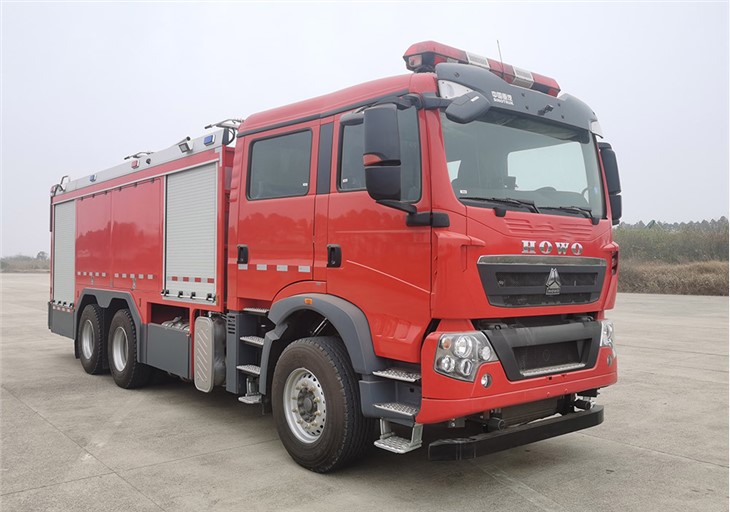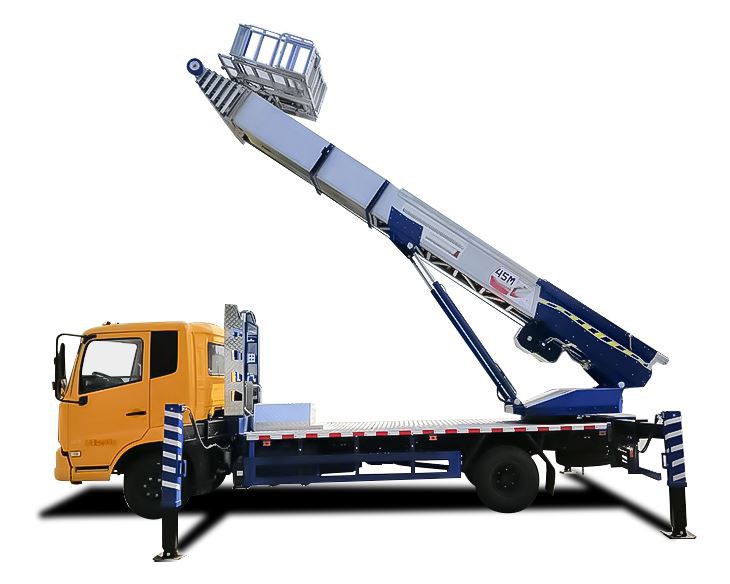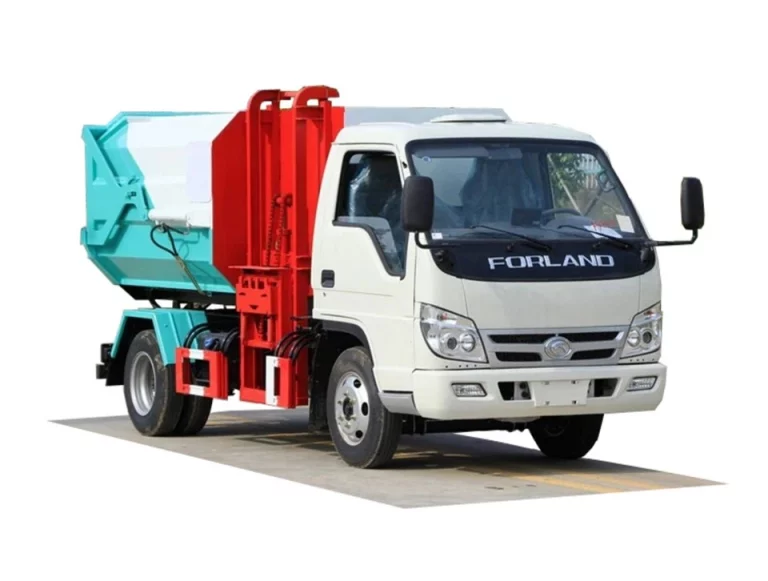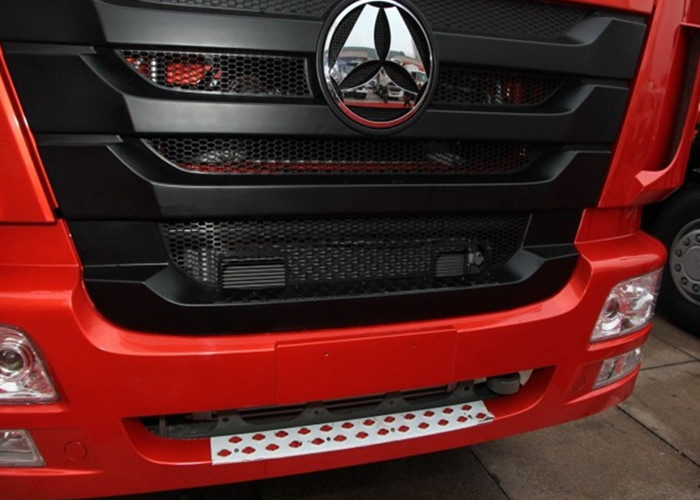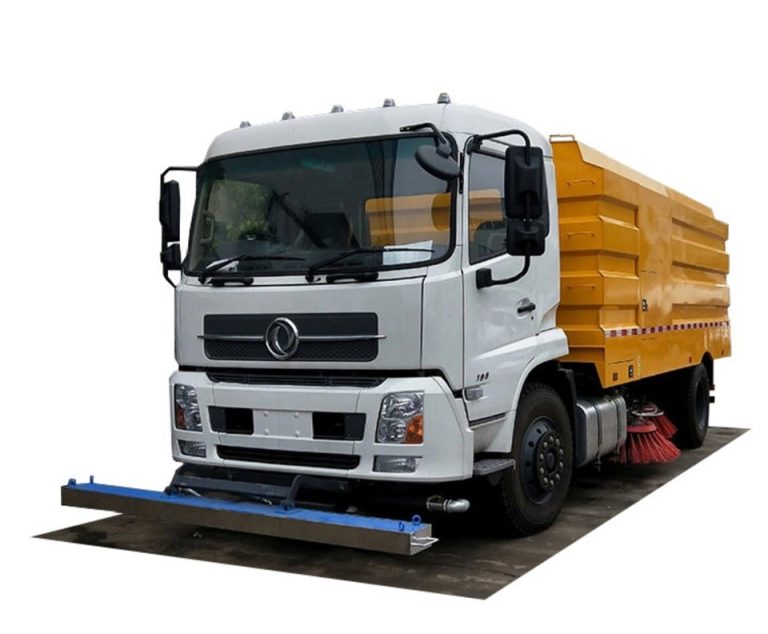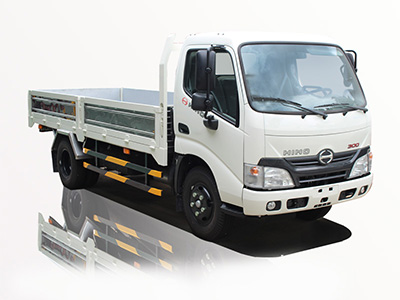Understanding the weight of a fire engine is crucial for various reasons, including safety regulations, road usage, and even the performance of the vehicle during emergencies. In this article, we will explore the different types of fire engines, their weights, factors influencing fire engine weight, and much more.
What is a Fire Engine?
A fire engine, commonly referred to as a fire truck, is a vehicle designed for firefighting and rescue operations. These trucks are equipped with various emergency equipment, including hoses, water tanks, ladders, and specialized tools for handling different kinds of emergencies. Different fire engines serve different purposes, which also affects their weight.
Types of Fire Engines
1. Pumper Trucks
Pumper trucks are the most common type of fire engine. They are designed to carry water and hoses to the scene of a fire. Their weight typically ranges from 30,000 to 40,000 pounds.
2. Ladder Trucks
Ladder trucks are equipped with a mechanical ladder system to reach elevated areas. The weight of a ladder truck usually falls between 40,000 and 75,000 pounds, depending on its height and additional features.
3. Tanker Trucks
Tanker trucks are used to transport large quantities of water to fire scenes, especially in areas lacking hydrants. These trucks can weigh between 50,000 and 80,000 pounds.
4. Rescue Trucks
Rescue trucks carry specialized equipment and tools for rescue operations. Their weight ranges from 25,000 to 45,000 pounds.
5. Wildland Fire Engines
These are lighter and more maneuverable vehicles designed for fighting wildfires. They can weigh anywhere from 10,000 to 20,000 pounds.
Weight Factors of Fire Engines
1. Vehicle Design
The design of a fire engine plays a significant role in its weight. Vehicles with specialized equipment tend to weigh more due to additional components and materials used.
2. Size and Capacity
Fire engines come in various sizes, which greatly affects their weight. Larger engines designed for more extensive operations will weigh more than smaller models.
3. Materials Used
The materials used in construction, such as aluminum versus steel, can also influence the overall weight of the fire engine. Lighter materials can reduce weight without sacrificing strength.
4. Equipment and Features
Additional features, such as advanced technology and more extensive firefighting equipment, contribute to increased weight. A fully equipped fire truck will naturally weigh more than a basic model.
Weight Specifications by Fire Engine Type
| Type of Fire Engine | Typical Weight (Pounds) | Typical Weight (Kilograms) |
|---|---|---|
| Pumper Truck | 30,000 – 40,000 | 13,607 – 18,144 |
| Ladder Truck | 40,000 – 75,000 | 18,144 – 34,020 |
| Tanker Truck | 50,000 – 80,000 | 22,680 – 36,287 |
| Rescue Truck | 25,000 – 45,000 | 11,340 – 20,412 |
| Wildland Fire Engine | 10,000 – 20,000 | 4,536 – 9,072 |
Impact of Weight on Firefighting Operations
1. Mobilization and Maneuverability
A heavier fire engine can be challenging to maneuver, especially in tight spaces. This can affect the response time in urban areas where streets are narrow.
2. Road Regulations
Many jurisdictions have regulations regarding vehicle weights on public roads. Fire departments must comply with these regulations to ensure their trucks can respond to emergencies without legal issues.
3. Equipment Loading Capacity
Each fire engine has a maximum weight capacity, including equipment and personnel. Overloading can lead to dangerous driving conditions and can compromise the fire engine’s safety features.
Practical Examples and Tips for Fire Departments
1. Choosing the Right Fire Engine
Before purchasing a fire engine, consider the type of emergencies you will encounter. For rural areas where water sources are limited, tanker trucks may be more beneficial.
2. Regular Weight Checks
Fire departments should regularly check their fire engines’ weights to ensure compliance with road regulations and operational safety.
3. Training Equipment Loading
Train personnel on the correct loading and unloading of emergency equipment to avoid exceeding the fire engine’s weight capacity. Proper weight distribution can also enhance maneuverability.
Conclusion
Understanding how much fire engines weigh is essential for fire departments to operate safely and effectively. Knowledge of the various types, weight factors, and implications on firefighting operations not only enhances operational efficiency but also ensures safety for firefighters and the general public.
Frequently Asked Questions (FAQ)
1. How much does a typical fire truck weigh?
A typical fire truck can weigh anywhere from 25,000 to 80,000 pounds, depending on its type and configuration.
2. Why are ladder trucks heavier than pumper trucks?
Ladder trucks are generally heavier due to their extended ladder systems and additional equipment, which add to their overall weight.
3. How do weight regulations affect fire engines?
Weight regulations ensure that fire engines can operate safely on public roads and are crucial for maintaining the engine’s performance during emergencies.
4. Can fire engines exceed their weight limits?
No, exceeding weight limits can lead to legal penalties and pose risks during operations, including compromised handling and braking capabilities.
5. What factors should a fire department consider when purchasing a fire engine?
Fire departments should consider the type of emergencies, size of the community, water supply availability, and necessary features when purchasing a fire engine.
6. Can the weight of a fire engine affect its fuel efficiency?
Yes, heavier fire engines may have lower fuel efficiency as they require more power to operate effectively, impacting overall operational costs.
